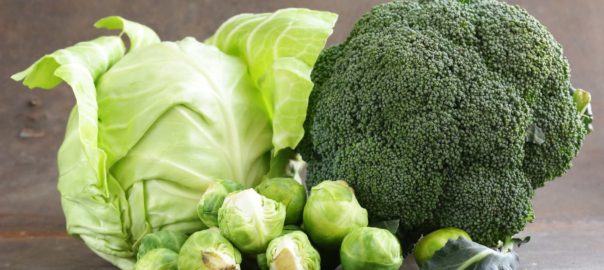When we eat what's in season, we are making a better choice for wellness. This is because when they are at the peak of ripeness, seasonal foods deliver the most nutrients -- exactly what your body needs.
Start your year off right by committing to choose those things that are fresh and in season! If possible take it even one step further by purchasing local produce.
Here are the fruits and vegetables that are abundant and, not surprisingly, at a lower price this January and February. Be sure to click on the links for delicious seasonal recipes.
1.Broccoli
Broccoli is a superfood native to Europe. It belongs to the cruciferous vegetable family which includes kale, cauliflower, Brussels sprouts, bok choy, cabbage, collard greens, rutabaga, and turnips.
Low in calories and packed with many micronutrients, minerals, fiber, and antioxidants broccoli has a reputation for helping to boost immunity and promote heart health.
Broccoli can be eaten cooked or raw. When cooking it can be sautéed, steamed, boiled, or roasted. If you plan to serve it without cooking it’s great for salads or dips.
2. Brussels Sprouts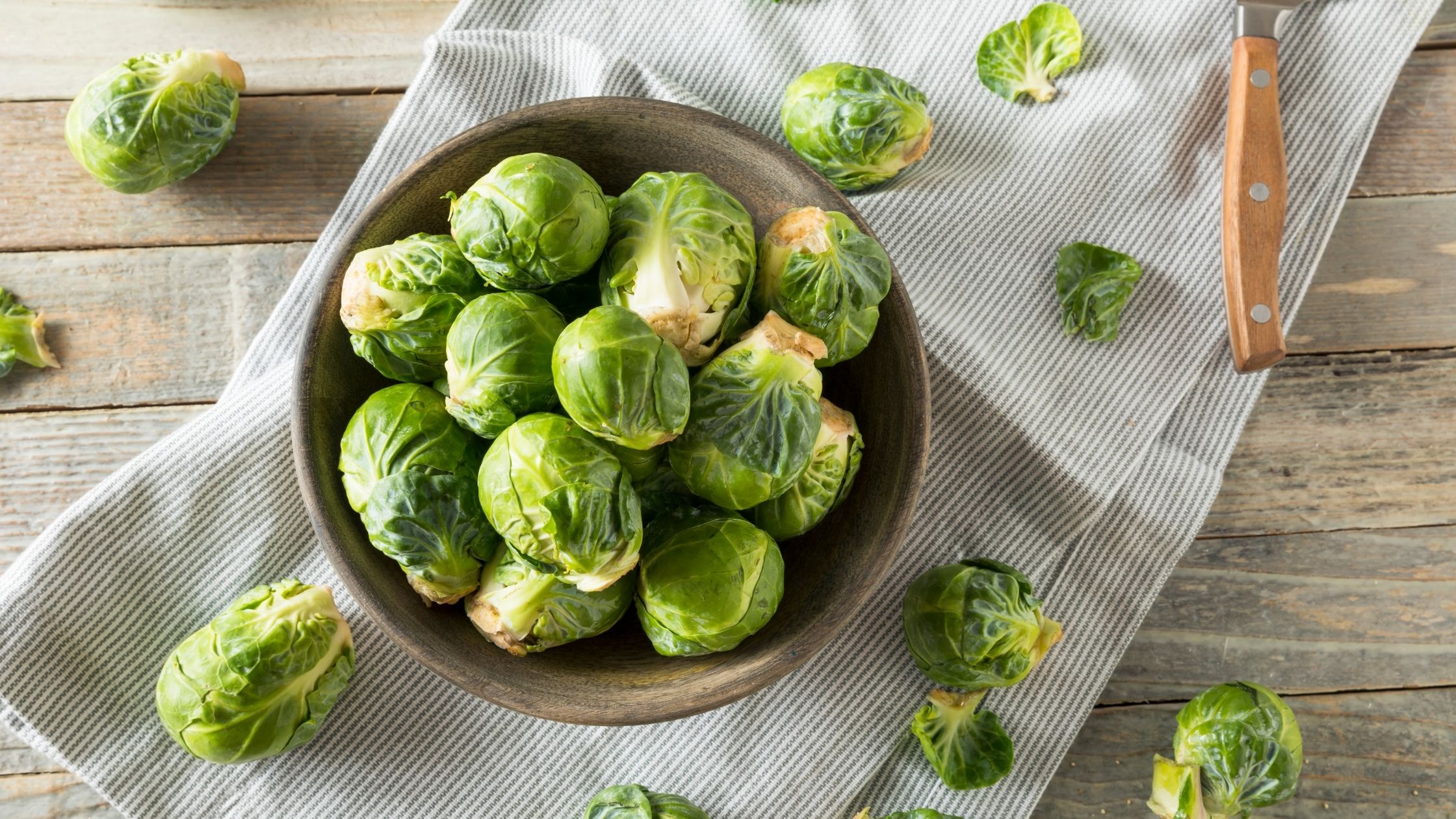
Brussels sprouts derive their name from the capital of Belgium, where they were first cultivated in the 13th century. They look like mini cabbages but don't let their small size fool you!
A nutritional powerhouse, just 1 cup of raw Brussels sprouts meets the National Institutes of Health's (NIH) recommended daily requirements for vitamin C and vitamin K. Not to mention that they are also rich in minerals.
These vitamins and minerals help preserve eye health, protect skin health and appearance, and improve bone health.
Brussel sprouts can be eaten raw (when shredded they make a fabulous slaw) or served roasted, stir-fried, steamed, or grilled.
3. Cabbage
Native to the Mediterranean region, there are four different varieties of cabbage: green, red or purple, white savoy, and napa. Regardless of which variety you choose, all of them boast an outstanding nutrient profile.
Cabbage is rich in vitamin K1, providing 85% of the recommended daily intake in just 1 cup. This vitamin is crucial for blood clotting.
The humble cabbage also makes a delicious and inexpensive addition to several healthy recipes, such as stir-fried vegetables, kimchi, and coleslaw.
4. Cauliflower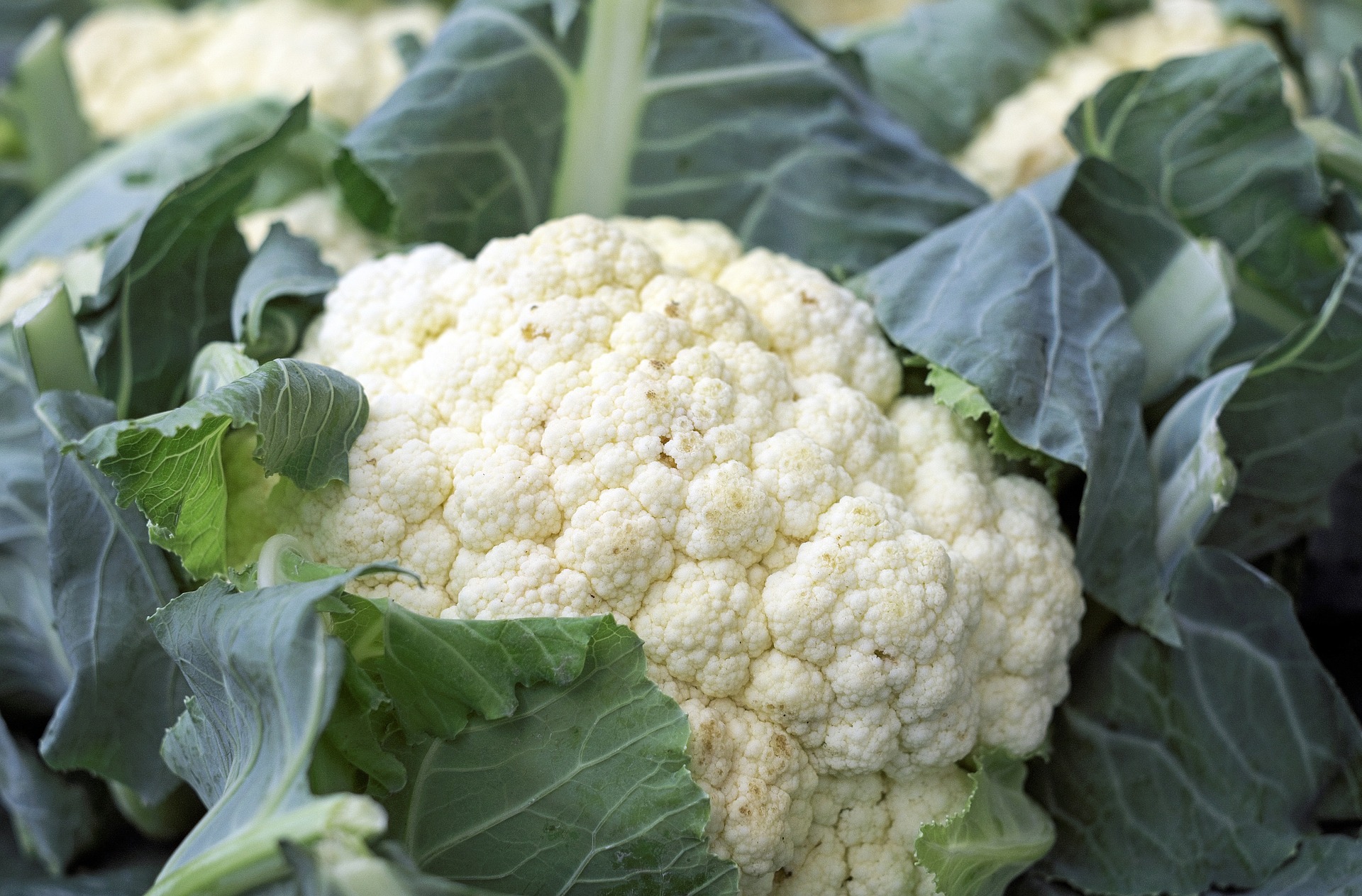
Not many vegetables contain choline. Cauliflower, along with broccoli, is among the sources of this nutrient that most people are lacking. Although the body makes some choline, we still need to consume choline-rich food to get enough of it.
Consuming a sufficient amount of choline may reduce the risk of several health conditions, including cardiovascular disease, cancer, and dementia.
If you're following a low-carb diet, cauliflower can be used to replace grains and legumes in a wide variety of recipes. Some popular substitutions are are cauli-rice, cauli-mash, and cauli-hummus. Have you tried it?
5. Citrus fruits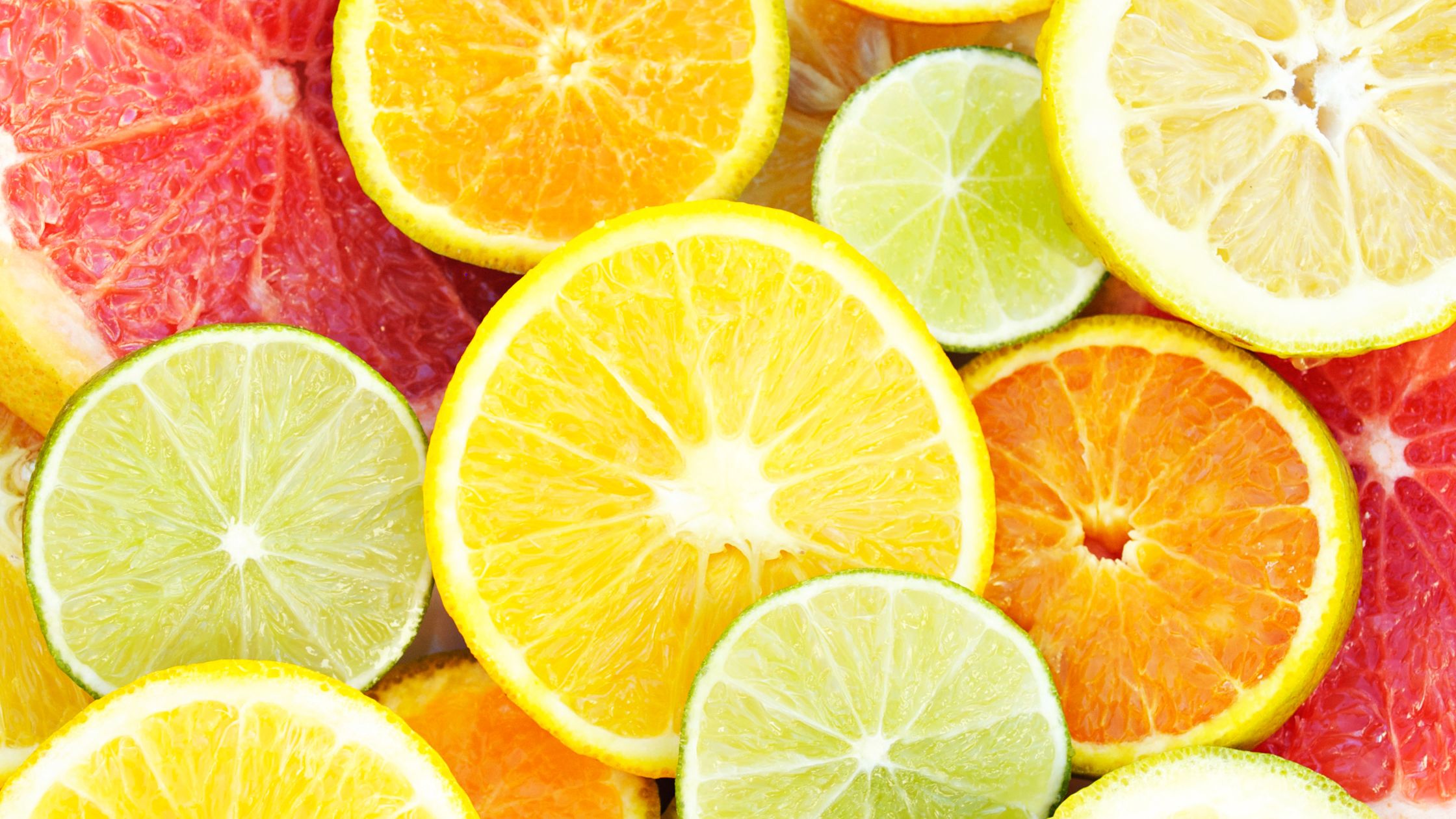
Did you know that January is National Citrus Month? We are so used to thinking of grapefruit, lemon, limes, and oranges that we forget about the other equally tasty and nourishing citrus fruits. These include: tangelos, tangerines, Buddha’s hand, clementines, kumquats, pomelos, and ugli fruit.
All of them are among those fruits which are a rich source of powerful oxidants that may prevent many chronic conditions, especially cancer.
Due to their high water content, they can also help you stay hydrated in the winter. You can enjoy these citrus fruits in hot tea, mocktails or cocktails, and spritzer.
6. Kale
Kale was introduced to the United States by early English settlers in the 17th century and became popular in the 1830s.
Considered one of the healthiest and most nutritious vegetables, a single cup of kale contains more vitamin C than an orange. Kale also packs a punch providing high amount of Vitamin K and important minerals, such as calcium, potassium, and magnesium.
Steaming kale, according to a study, could increase the bile acid-binding effect that can lower cholesterol levels in the body. The best way to get the nutrition out of kale is steaming, as it is 43% as effective as cholestyramine, a drug used to treat high cholesterol caused by bile obstruction.
7. Leeks
Leeks are an ancient crop and are native to eastern Mediterranean lands and the Middle East. Its close relatives are onions, shallots, scallions, chives, and garlic.
Low in calories but high in nutrients, such as magnesium and vitamins A, C, and K, leeks also contain some fiber, copper, vitaminB6, iron, and folate.
They’re widely used in soups and stews. You can also enjoy leeks in dips, salads, and even dishes such as quiche.
8. Parsnips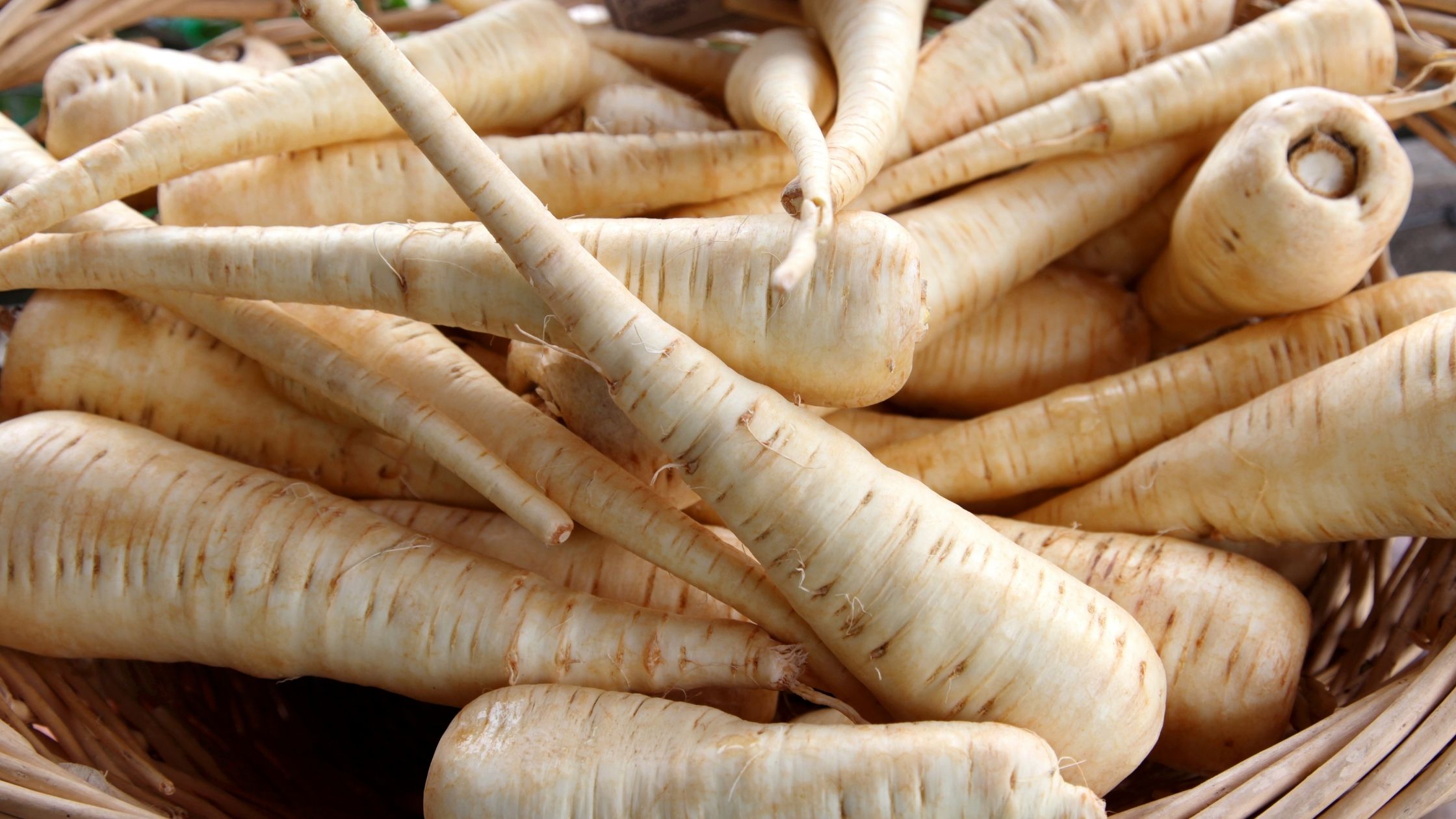
Parsnips are a tasty root vegetable related to carrots and parsley root. They’re commonly found in Great Britain and throughout Europe and Asia. Parsnips were introduced in America early in the 17th century.
They pack a hearty dose of fiber, vitamin C, vitamin K, folate, and other important micronutrients. Parsnips are also low in calories yet high in fiber, improving digestive health, regulating blood sugar level, and supporting heart health.
If you want to add parsnips to your diet, you can easily swap them for other root vegetables in your favorite recipes!
9. Rutabagas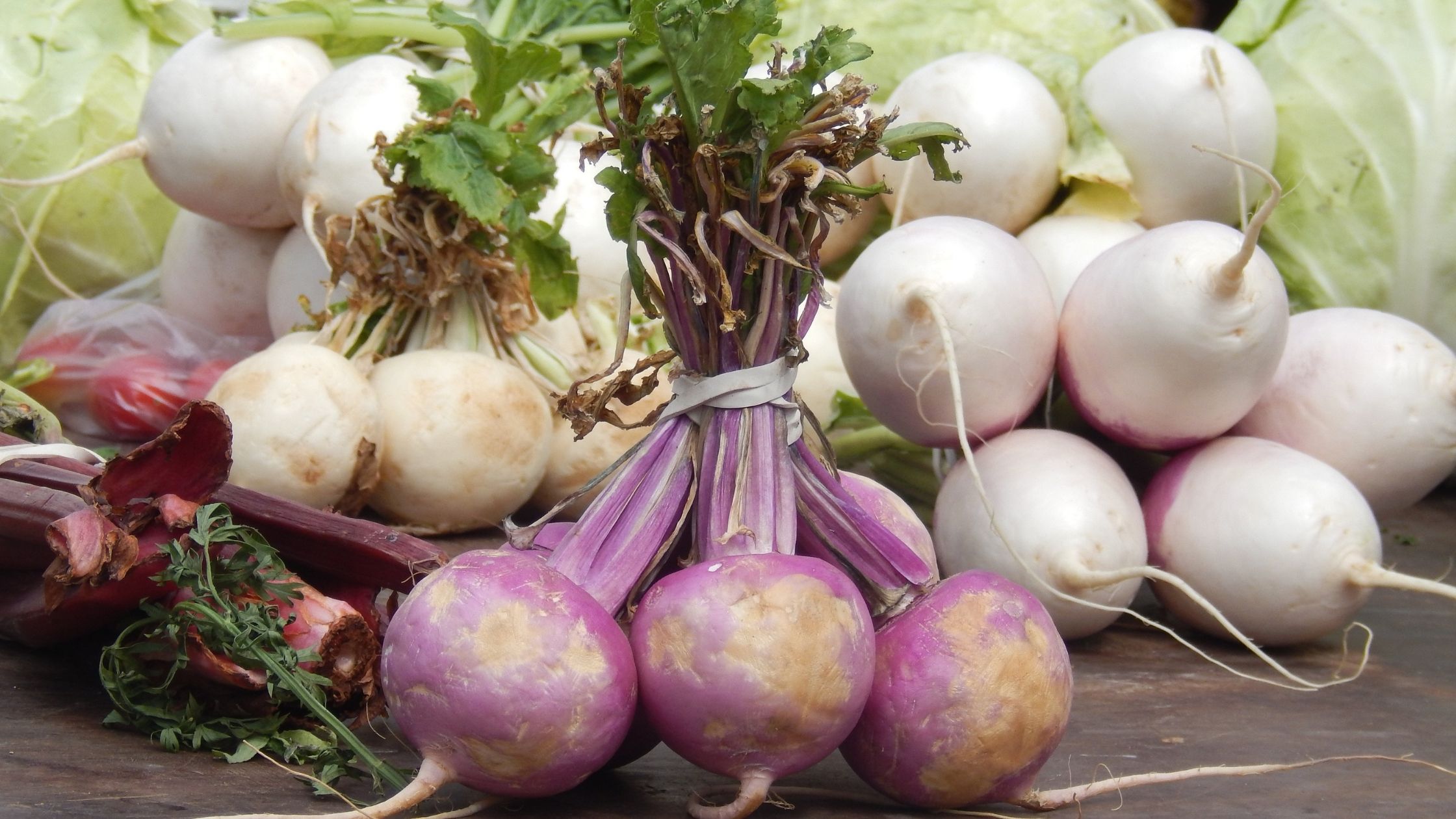
Rutabagas are thought to have been first bred in Russia or Scandinavia in the late Middle Ages. They are a hearty vegetable packed with fiber, vitamins, and important minerals that you may not be getting enough of.
Among the minerals and micronutrients that rutabagas are rich in are potassium and magnesium, which play an important role in regulating cells, tissue, and organs. In a nutshell, it makes your body work right.
Rutabaga roots can be cooked with other root veggies. While the leaves can be added to salads and soups.
10. Turnips
Turnips are thought to have originated in middle and eastern Asia. Both turnips and turnip leaves provide over 30% of the daily value for vitamin C. The leaves are also a rich source of folate, vitamin K, and provitamin A.
Moreover, their glucosinolate compounds may help control blood sugar levels, fight harmful bacteria, and provide anti-inflammatory and anti-cancer effects.
Turnip roots make a great addition to salads! They can also be cooked and served whole, mashed, or used in stews.
In Conclusion
Each seasonal fruit and vegetable has a unique set of health benefits. From preventing chronic diseases to boosting the immune system, adding these amazing, nutritious foods to your daily diet with regular exercise is a good choice to help improve your health and well-being.
Sources
https://www.britannica.com/plant/broccoli
https://www.healthline.com/nutrition/foods/broccoli
https://www.medicalnewstoday.com/articles/266765
https://www.britannica.com/plant/Brussels-sprouts
https://www.healthline.com/nutrition/benefits-of-brussels-sprouts
https://www.medicalnewstoday.com/articles/284765
https://www.britannica.com/plant/Brassica-oleracea
https://www.healthline.com/nutrition/benefits-of-cabbage
https://www.medicalnewstoday.com/articles/284823#nutrition
https://www.britannica.com/plant/Citrus
https://www.healthline.com/nutrition/citrus-fruit-benefits
https://www.medicalnewstoday.com/articles/280882
https://www.britannica.com/plant/cauliflower
https://www.healthline.com/nutrition/benefits-of-cauliflower
https://www.medicalnewstoday.com/articles/282844
https://www.britannica.com/plant/kale
https://www.healthline.com/nutrition/10-proven-benefits-of-kale
https://www.medicalnewstoday.com/articles/270435
https://www.britannica.com/plant/leek
https://www.healthline.com/nutrition/leek-benefits
https://www.britannica.com/plant/turnip
https://www.healthline.com/nutrition/turnip-nutrition
https://www.medicalnewstoday.com/articles/284815
https://www.britannica.com/plant/rutabaga
https://www.healthline.com/nutrition/rutabagas

